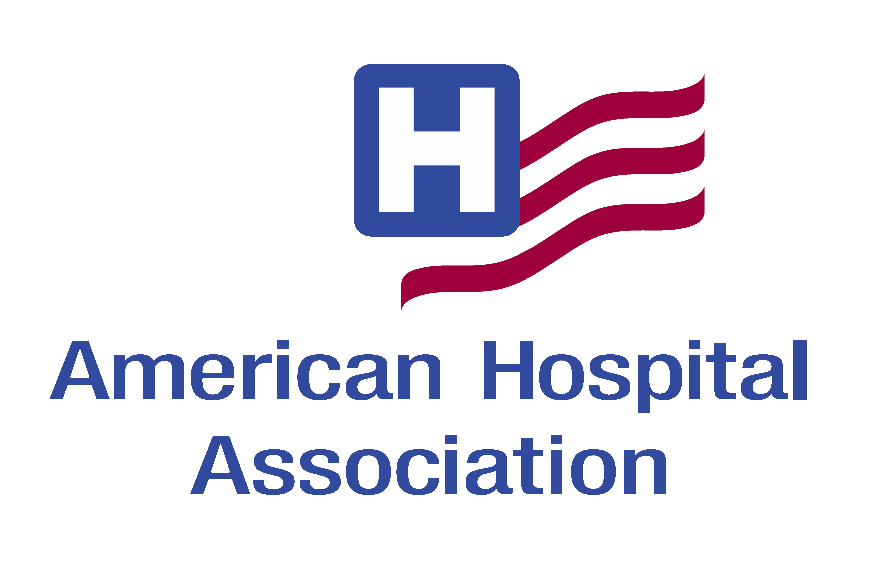
Addressing COVID-19 Vaccine Hesitancy in Your Community July 15
Date
Thu, Jul 15, 2021, 12:00 PM CDT – Thu, Jul 15, 2021, 01:00 PM CDTType
Event Host

Description
July 15, 2021, at 1 p.m. ET
Individuals may be reluctant to get the COVID-19 vaccine for many reasons. One way hospitals and health systems can increase vaccination rates for their patients, employees and communities is to focus on why people are hesitant. Kaiser Permanente and the California Testing Task Force did just that and produced an eye-opening report that examined what drives attitudes toward vaccines and describes archetypes of vaccine-hesitant individuals. Understanding the roots of vaccine hesitancy allows health care organizations to tailor their vaccine communication strategies to their specific communities.
During this webinar, the authors of a report discuss the various archetypes of hesitant populations and strategies for communicating with them based on their particular mindset and attitude. A second panel discussion among a clinician, strategist and community health professional, will explore how different health care professionals can apply these strategies directly to their work.
Speakers:
David Grandy, Vice President, Delivery System Design & Innovation, Kaiser Permanente
Caroline Franz, System Designer, Office of Transformation, Kaiser Permanente
Tom Hanenburg, Senior Vice President, Hospital System Operations, Kaiser Permanente
Marcos Pesquera, System Vice-President, Community Benefit, Health Equity, Diversity & Inclusion, CHRISTUS Health
Alan Shoebridge, Director, Marketing and Communication, Salinas Valley Memorial Healthcare System
Moderator: Diane Weber, Executive Director, Society for Health Care Strategy and Market Development, American Hospital Association
Event Co-Hosted by:
This webinar is funded in part by a cooperative agreement with the Centers for Disease Control and Prevention (grant number CK20-2003). The CDC is an agency within the Department of Health and Human Services. The contents of this webinar do not necessarily represent the policy of CDC or HHS, and should not be considered an endorsement by the Federal Government.


